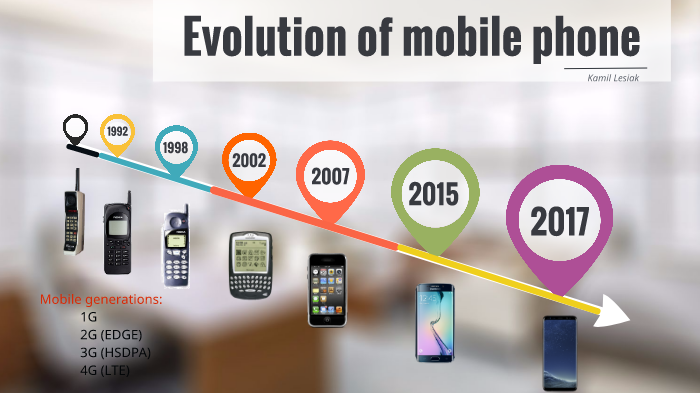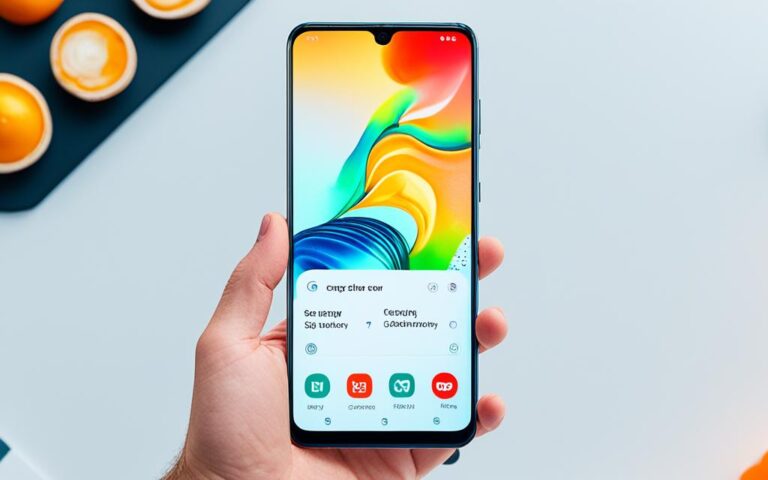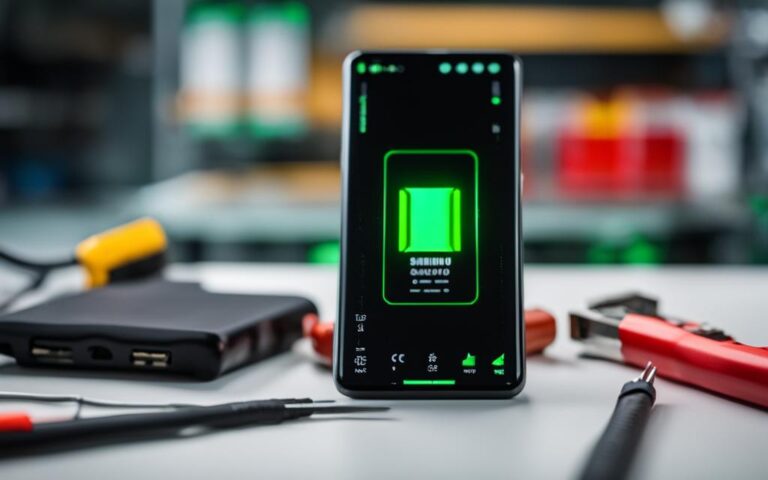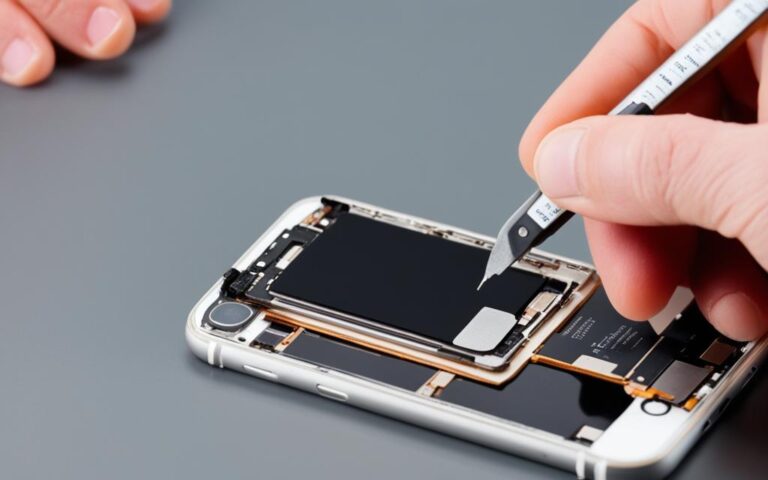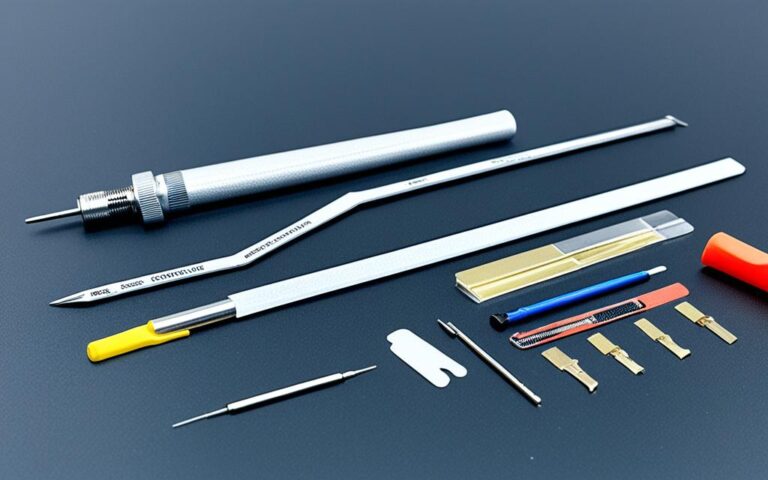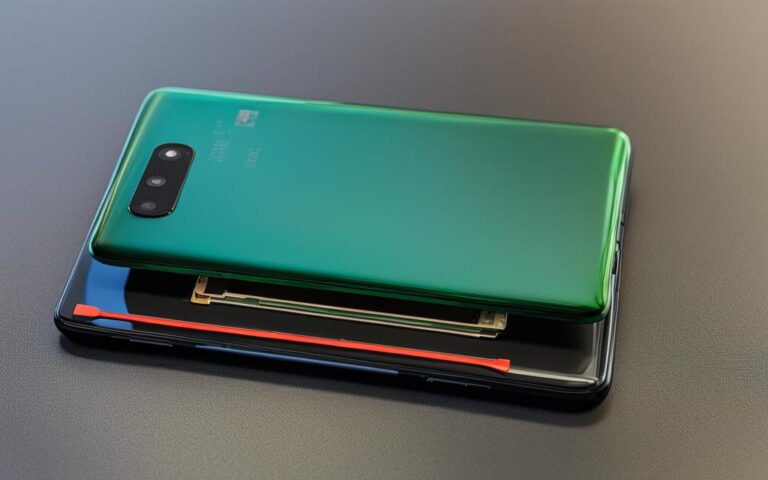Evolution of smartphone servicing: From the first iPhone to now.
The Evolution of Smartphone Servicing has been a fascinating journey, especially when you consider how far we’ve come since the launch of the first iPhone in 2007. From simple screen replacements to complex motherboard repairs, the servicing industry has had to adapt and evolve rapidly to keep up with technological advancements. This article aims to take you through the key milestones in smartphone servicing, highlighting how the first iPhone revolutionized not just mobile technology but also the way we approach repairs and maintenance today.
The First iPhone: A Game-Changer in Smartphone Servicing
The launch of the first iPhone in 2007 was a watershed moment in the history of smartphones. Not only did it redefine what a mobile device could do, but it also set new standards for smartphone servicing. Before the iPhone, mobile phones were relatively simple devices, primarily used for calling and texting. The servicing needs were minimal, often limited to battery replacements and fixing physical buttons.
However, the iPhone introduced a host of new features like a touchscreen interface, internet browsing, and a variety of apps, which significantly increased the complexity of servicing. Technicians now had to deal with issues like software glitches, touchscreen malfunctions, and connectivity problems. The iPhone’s closed ecosystem also meant that unauthorized repairs could void the warranty, leading many users to seek help from authorized Apple service centers. For a deeper dive into how the first iPhone changed the smartphone landscape, you can read this article.
The Rise of the Android Ecosystem
While the first iPhone set the stage for the modern smartphone era, the rise of Android added another layer of complexity to the smartphone servicing industry. Unlike Apple’s closed ecosystem, Android’s open-source nature allowed for a multitude of manufacturers to enter the market, each with their unique hardware and software configurations. This diversity led to a broader range of servicing needs, from dealing with manufacturer-specific issues to navigating the intricacies of various Android versions.
The Android ecosystem also opened the door for third-party repair shops to flourish, as the open-source nature of the operating system made it easier to perform unauthorized repairs without voiding warranties. However, this also led to a proliferation of counterfeit parts and less-than-reputable repair services. As the Android market has matured, there has been a push for standardization in servicing, with many manufacturers offering their own authorized repair services. For an in-depth look at how the Android ecosystem has impacted the smartphone repair industry, you can read this Gitnux Blog article.
The Role of Software Updates
Software updates have become an integral part of the smartphone servicing landscape. Initially, software updates were primarily aimed at introducing new features or fixing minor bugs. However, as smartphones have become more complex, software updates now often include critical security patches, performance enhancements, and even hardware-related fixes.
The introduction of regular software updates has had a dual impact on smartphone servicing. On one hand, they can resolve issues that would otherwise require a visit to a repair shop, effectively reducing the need for certain types of servicing. On the other hand, poorly executed updates can introduce new problems, ranging from battery drain to software glitches, necessitating professional repair services.
Moreover, the frequency and quality of software updates can vary significantly between iOS and Android, adding another layer of complexity to smartphone servicing. While Apple provides regular updates to all its devices for many years, the Android experience can be fragmented, with updates arriving at different times for different devices, or not at all for older models. For more insights into the impact of software updates on phone performance and stability, you can read this CNBC article.
Mobile Operating Systems: iOS vs Android
The mobile operating system plays a significant role in the smartphone servicing industry. While both iOS and Android have their pros and cons, they present unique challenges and opportunities for repair technicians.
iOS: A Closed Ecosystem
Apple’s iOS operates within a closed ecosystem, meaning that all hardware and software are designed to work seamlessly together. This can make repairs more straightforward in some respects, as there are fewer variables to consider. However, it also means that unauthorized repairs can void the warranty, leading many users to opt for authorized Apple service centers for their repair needs.
Android: A Fragmented Landscape
On the other hand, Android offers a more open but fragmented ecosystem. The open-source nature of Android allows for a wide range of manufacturers, each with their unique hardware and software configurations. This diversity can make repairs more complicated, as technicians need to be familiar with a broader range of issues and solutions.
Both operating systems have their own set of common issues that require specialized knowledge and tools for effective servicing. For instance, iOS devices often suffer from software-related issues tied to iOS updates, while Android devices can be plagued by hardware compatibility issues due to the variety of manufacturers. For a comprehensive look at the impact of mobile operating systems on smartphone repairs, you can read this Ofcom report.
The Shift Towards Modular Design
In recent years, there has been a noticeable shift towards modular design in the smartphone industry. This design philosophy allows for easier repairs and upgrades, as individual components like the camera, battery, or even the processor can be replaced without having to disassemble the entire phone. Companies like Fairphone have been pioneers in this area, offering smartphones that are designed to be easily repairable.
Advantages of Modular Design
The primary advantage of a modular design is that it makes repairs more straightforward and less costly. Instead of replacing an entire motherboard, for instance, you might only need to replace a specific module. This not only saves time but also reduces electronic waste, aligning with global sustainability goals.
Challenges and Limitations
However, modular design is not without its challenges. The connectors and interfaces for each module must be standardized, and there’s always the risk of compatibility issues between different modules. Moreover, while modular design makes it easier for users to perform basic repairs themselves, more complex issues still require professional servicing.
The shift towards modular design is yet another evolution in the ever-changing landscape of smartphone servicing, offering both new opportunities and challenges for repair technicians and consumers alike.
Software Updates and Their Impact
One of the most significant aspects of smartphone servicing that has evolved over the years is the role of software updates. These updates can either be a boon or a bane for users and repair technicians alike.
The Good Side of Updates
Software updates often come with bug fixes, security patches, and new features, enhancing the overall user experience. For instance, a software update might resolve a long-standing issue with battery drain, thereby reducing the need for battery replacements.
The Downside of Updates
However, not all updates are beneficial. Some updates can introduce new bugs or even make older devices slower, leading to a surge in service requests. In some cases, an update might even “brick” a device, rendering it unusable and necessitating a trip to a professional repair center.
The Role of Technicians
Repair technicians need to stay updated on the latest software changes to provide effective solutions. They often have to deal with issues that arise post-update and must be skilled in rolling back updates or fixing software-induced problems.
Software updates are a double-edged sword in the world of smartphone servicing, requiring technicians to be ever-vigilant and adaptable to the changing software landscape.
The Rise of DIY Repairs
In the age of YouTube tutorials and readily available repair kits, DIY repairs have gained significant traction. This trend has had both positive and negative impacts on the smartphone servicing industry.
Empowering Consumers
The rise of DIY repairs has empowered consumers to take control of minor issues, such as screen replacements or battery changes, without the need for professional intervention. This not only saves money but also time, as consumers can fix their devices at their convenience.
Impact on Professional Services
While DIY solutions offer a quick and cost-effective alternative for minor issues, they can’t replace the expertise and tools available at professional repair centers. Incorrect DIY repairs can lead to further damage, void warranties, and even pose safety risks, ultimately driving the need for professional servicing.
The Role of Repair Kits and Tutorials
Companies are now offering specialized repair kits that come with all the necessary tools and instructions for specific repairs. These kits aim to make the DIY process as foolproof as possible, but they still require a certain level of skill and caution.
The rise of DIY repairs represents another facet of the evolving smartphone servicing landscape, offering both opportunities and challenges for consumers and professionals alike.
Frequently Asked Questions (FAQs)
1. What is modular design in smartphones?
Modular design refers to the construction of a smartphone in a way that allows individual components like the camera, battery, or processor to be replaced without having to disassemble the entire device.
2. How do software updates impact smartphone servicing?
Software updates can either improve the device’s performance or introduce new issues that require professional servicing. They are a double-edged sword in the smartphone servicing landscape.
3. Are DIY repairs recommended?
DIY repairs can be cost-effective for minor issues but are not recommended for complex repairs, which should be handled by professionals to avoid further damage and voiding warranties.
4. How do warranties and insurance affect smartphone repairs?
Warranties and insurance can influence where a consumer chooses to get their phone repaired. They can be both an opportunity and a challenge for repair centers.
5. What are the future trends in smartphone servicing?
The future will likely see more advancements in modular design, better software updates, and possibly even self-repairing technologies. Staying updated on these trends is essential for anyone involved in smartphone servicing.
Conclusion: The Ever-Evolving Landscape of Smartphone Servicing
The smartphone servicing industry has undergone significant changes since the launch of the first iPhone. From advancements in modular design and software updates to the rise of DIY repairs and the role of warranties and insurance, each aspect has its own set of challenges and opportunities.
As technology continues to evolve, so will the methods and practices of smartphone servicing. It’s an exciting time for both consumers and professionals in the field, as new technologies promise to make repairs more straightforward, while also introducing new complexities.
For those interested in the smartphone servicing industry, staying updated on these trends is not just beneficial—it’s essential. The industry is far from static, and what may be a standard practice today could become obsolete tomorrow.
